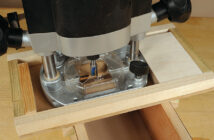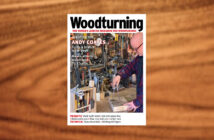Workshop Rethink:
Could your workshop use a bit of a tidy up? Well, the Editor talks us through small, but effective changes to maximise efficiency and safety.
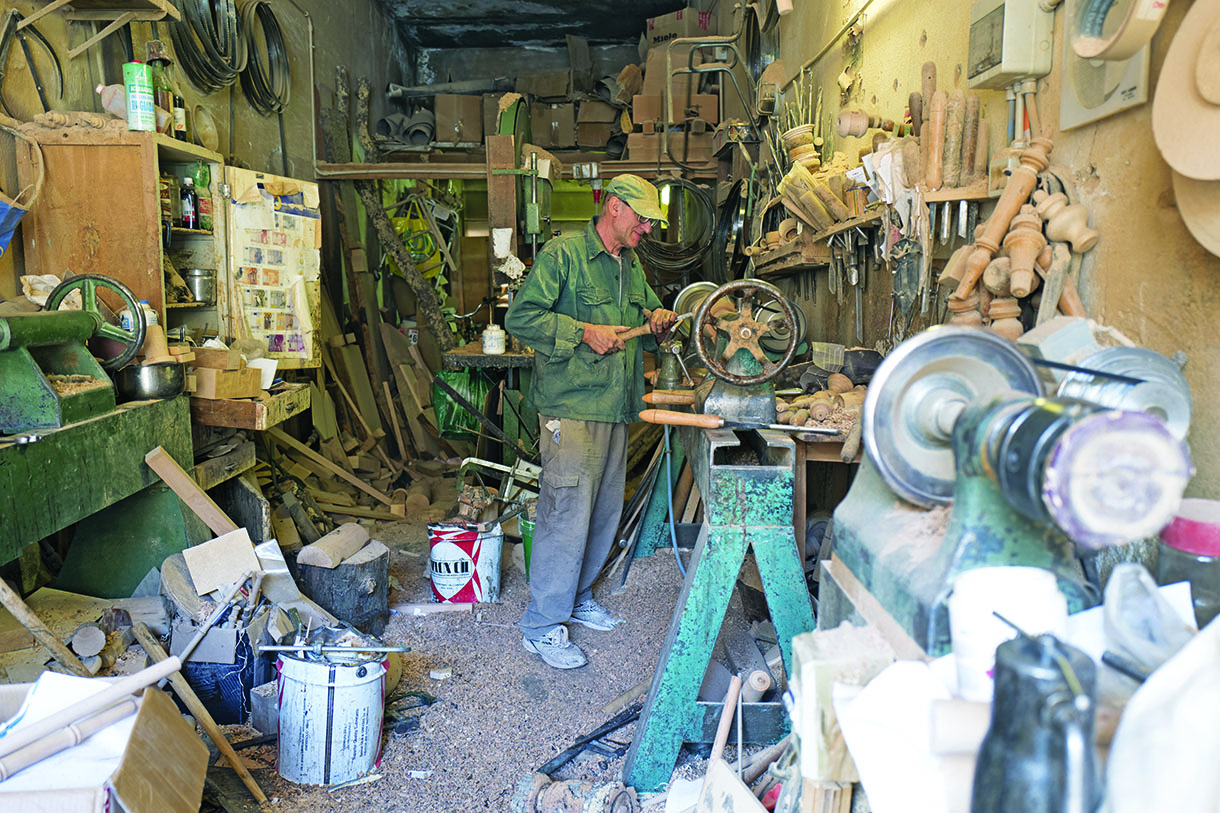
No doubt this is a wonderfully productive workshop, but if your workshop and workshop practices resemble this, then maybe a bit of a rethink is necessary
Workshops are personal to us all. They are our space that reflects our needs, likes and what we want to do in them. It is, however, a truism that no matter how big the workshop we have, we will always find things to fill it and thereby need an even bigger workshop. We can dream of bigger workshops, but the reality is, we must all look at utilising space well. But it isn’t just space in a workshop that affects how we work, there are other things we need to consider that directly affect how well we can work and also, how safely.
I know it might seem like an old hat and my telling people to suck eggs, but I was taught in my apprenticeship that over familiarity breeds contempt, and complacency results in accidents. So, based on that, here is a reminder of things to consider:
1. Whether you are building a new workshop or remodelling one, always consider and fit appropriate insulation in the roof space and walls. You can never have enough thermal insulation; it helps cut down on some of the heating bills and if you live in hot climates, it keeps things cool. A freezing cold workshop is not only unpleasant to work in, it can affect the drying of finishes and if we are cold it can also affect how we work.
2. Work out what type of heating you can viably use. You might not need any, but if you do check on your insurance as to what you can and cannot use. You may find that some forms of heating are not suitable for your workshop and what you intend to do there.
3. Whether your workshop is a fresh build or a modification, you can never have enough electric plug sockets. Fit as many as you can – I wish I had double the number I have and I doubled my original amount asked for. It is also advisable to have a fuse box with integral RCD breakers as well as having a cut off/isolator switch, so everything is shut down fully when they’re not in use. All of the electrics in my workshop can be isolated off when I am not in there, so even if someone goes in I know that no machinery or tools plugged into the sockets will work unless the isolator switch is switched on.
4. Build with the ability to shift equipment and workbenches around. No matter how much you plan, things need to be moved, or altered, over time. I am in the process of reorganising my workshop, mainly due to wanting more from it than I currently get. But, I also admit that it had gradually come to look more like an untidy and well-used storage unit. I am exploring making better use of wall space to maximise storage areas and not having items on the floor, other than benches and storage units.
5. Make sure your work area is clean, tidy and free from trip hazards. I know space is at a premium, but tripping over things or slipping on debris is easily prevented, although it’s a common thing to happen. Clean up after yourself each time you work, tidy things away off the floor and out of the way. That may sound obvious, but does everyone do so every time? I know some people’s workshops are like surgical theatres – most of us will not have workshops like that, but they do need to be as safe and tidy
as you can make them.
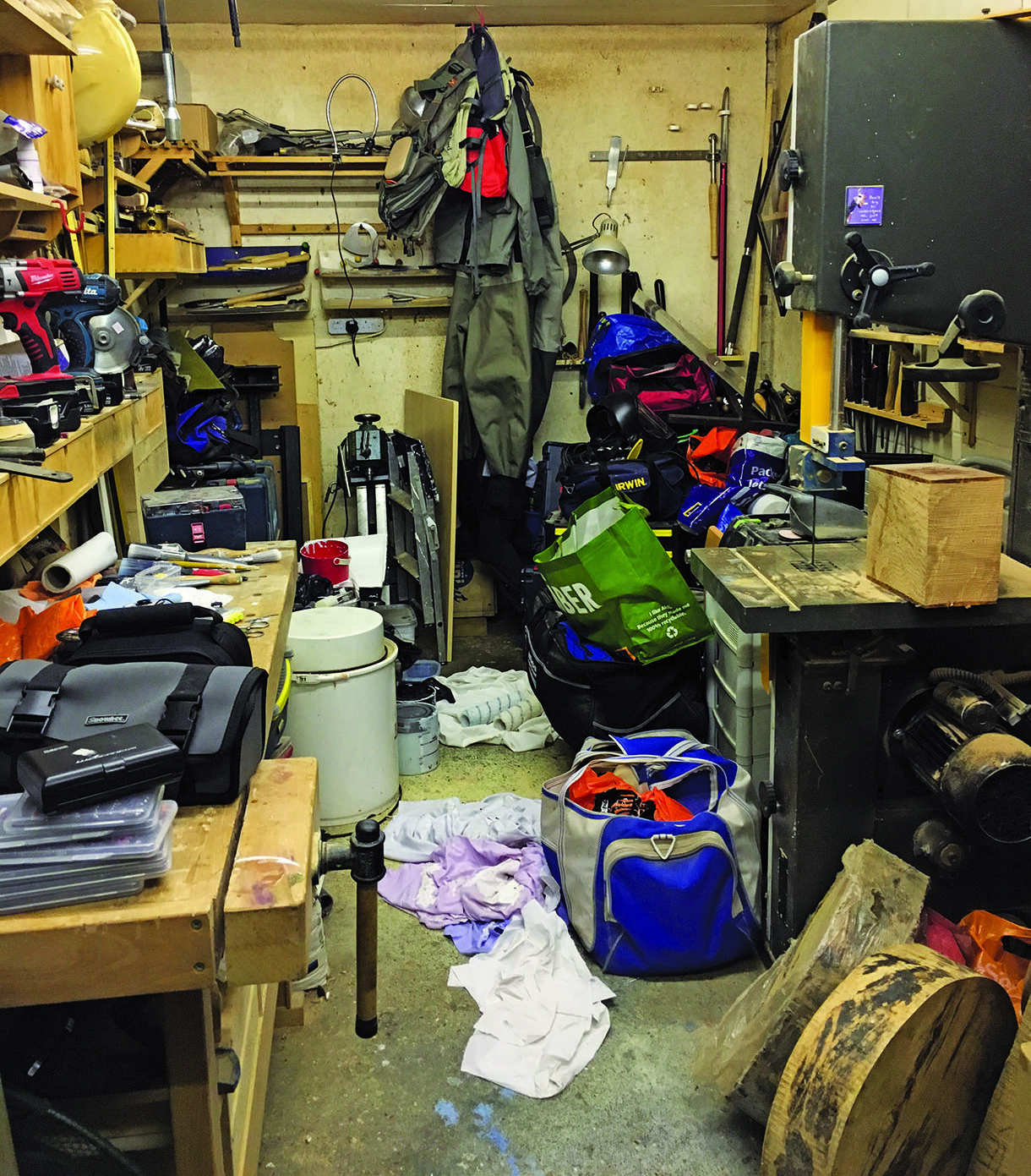
My workshop before the start of a tidy up and revamp
6. Make sure you have good lighting. Usually you will need lighting for the whole room and some form of directional lighting to ensure you can see clearly in specific areas. Like space, we can never have enough good lighting. I personally need to fit much more in my workshop.
7. Don’t skimp on safety measures and knowing your equipment. Always familiarise yourself properly with the machinery you have and use. Do read the instruction manuals and work within the recommended parameters in a safe and appropriate manner to minimise the risk of injury. Own up… how many of us always read the manuals and instructions? I shall say nothing more on the subject other than I know a lot of people who don’t and some who have had nasty surprises by not doing so.
8. When cutting items with power saws and bandsaws use clamps, jigs and other devices as appropriate to hold things securely and help you work safely.
9. Don’t ever operate machinery and equipment when you are tired or taking medication that might make you drowsy. It sounds pretty obvious, but like tools and manuals, do you honestly know what side effects there are with each type of medicine you are taking?
10. Personal protective equipment (PPE), as well as good working practices, is vital to minimise the risk of injury should something unplanned happen. Safety glasses, faceshields, facemask and powered respirators as well as a good source of dust extraction to ensure you remove as much debris and dust as close to the source as possible are essential. If money allows, have an ambient air filter in the workshop too. The other thing is to ensure you use them, even for the small jobs that only take a few minutes. The dust stays airborne for a while and you may not realise how much you are breathing in, and the accumulative damage that is being done with repeated exposure. Usually dust extraction creates various degrees of noise – like some machinery and tools we use, some of it very noisy. Work out what you can use to get the job done well and minimise your own and your neighbour’s exposure to the noise. Maybe ear defenders are necessary too.
11. We all know turning creates large volumes of shavings and these are easily removed with a shovel and bin, but sweeping up workshops are not recommended due to the fine dust particles becoming airborne.
If you do shovel the big stuff up, please use a vacuum unit to deal with the smaller stuff. All dust is recognised as harmful to health so do all in your power to minimise exposure to it. Irrespective of how you clear up, always wear PPE when doing so.
12. When using finishes, minimise your exposure to the product by using the product in accordance with the recommended usage procedures. This includes wearing appropriate PPE, disposing of old finishes, clearing up any spillage and disposing of rags, cloths and cleaning up brushes and anything else properly. It is also advisable to secure flammable finishes in a metal cabinet that is clearly marked.
13. We all try to maximise our use of space, but do try to keep everything within easy reach. Using step-ladders or hop-ups, and others, in the workshop builds another element of risk into our working practices. If you do have to have things at a height greater than you can easily reach by standing on the floor, make sure they are small items so when you’re on a step ladder the weight being lifted and moved is not too heavy to cause problems. One thing to remember is to never over reach when working on step-ladders and hop-ups.
14. You have spent a lot of money creating your workshop, so look after it by fitting in the correct security measures to minimise the risk of break-ins and fire. Consider fitting good quality lock hardware and if possible CCTV, but also an appropriate fire extinguisher or two depending on what you do in the workshop too. A first aid kit is always worthwhile having in a workshop. Hopefully you will never need them, but it is better to be safe than sorry.
15. Lastly, check you are properly insured. This includes making sure you comply with all the relevant insurance requirements for the workshop, but also in regards to content value. Most people underestimate how much it would cost to replace the items they have obtained over the years, working out what you want to do in your workshop and building up all the kit and accessories. If in doubt about anything on your insurance, ask for things in writing and write down your queries to them to make sure your insurance company fully understand everything you are asking and talking about.
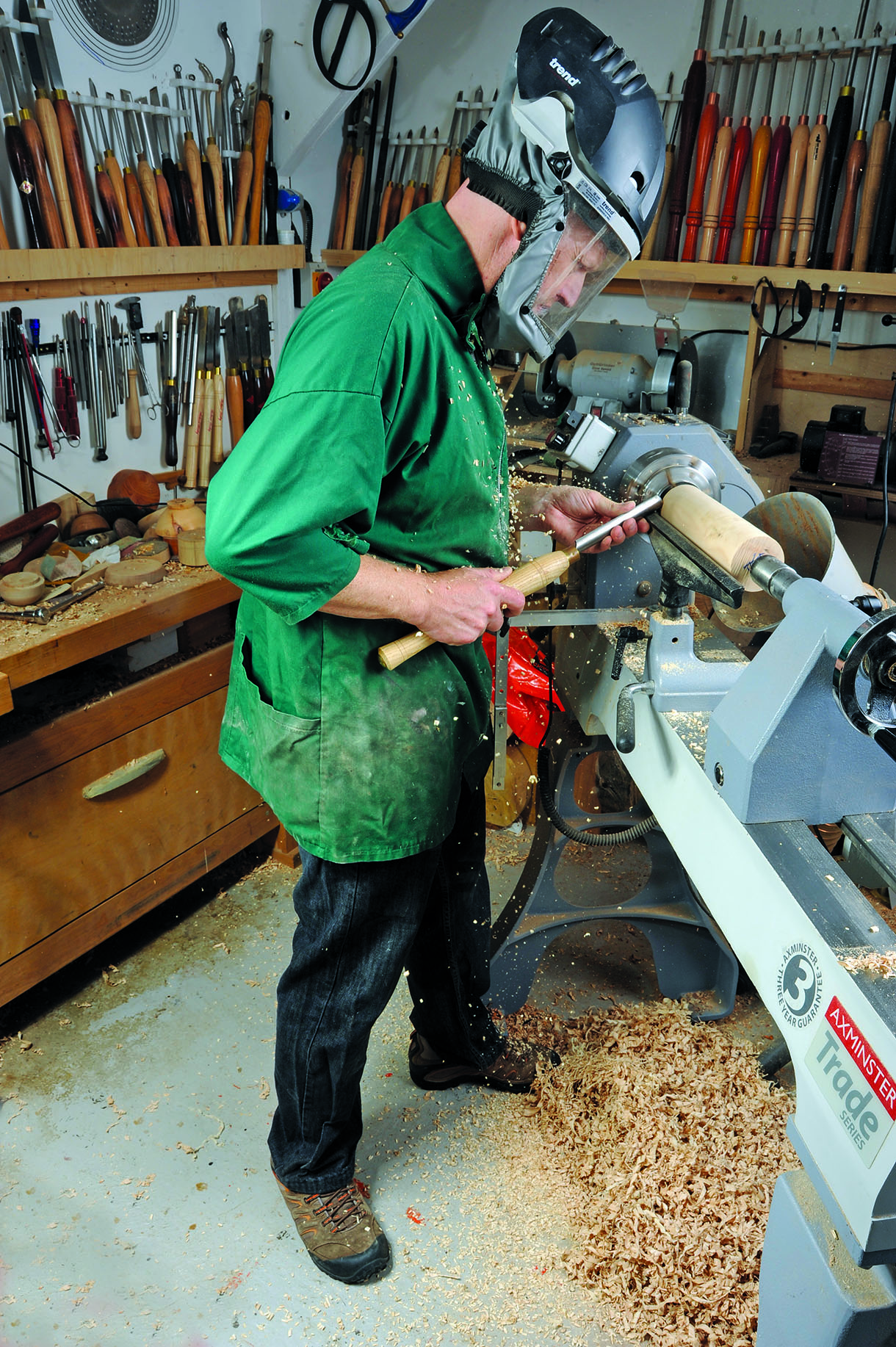
A nice and tidy work environment with everything to hand, good lighting, extraction and no trip hazards


